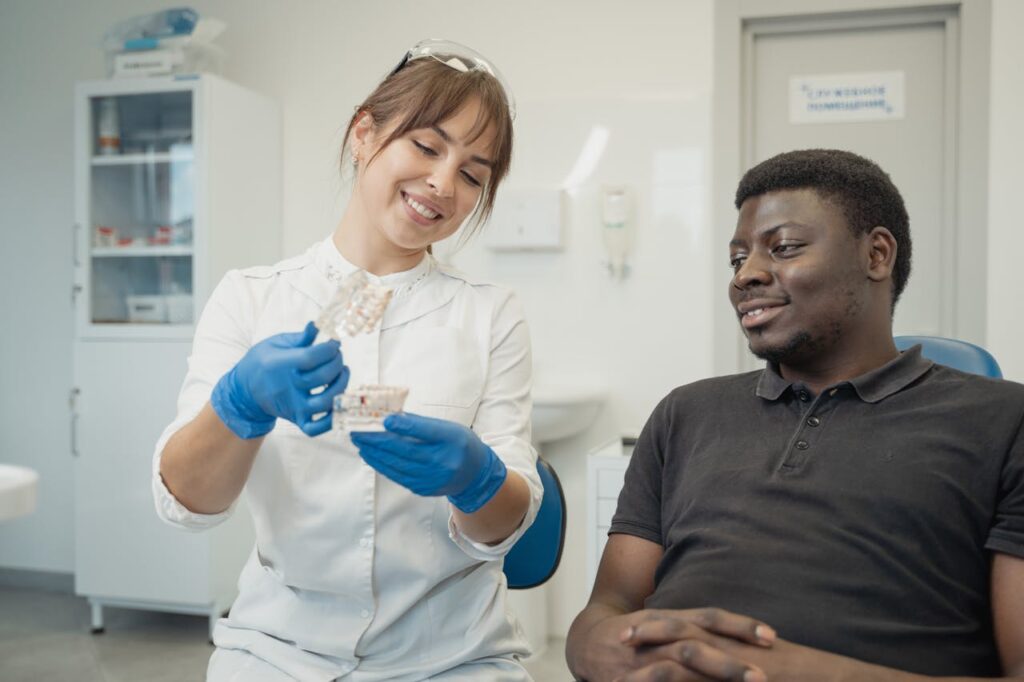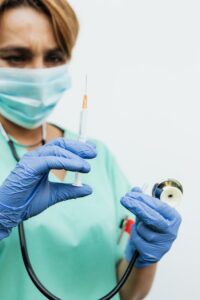Food Safety Alert: Damaged Gloves Increase Risk of Contamination
A recent study in Singapore, known for its strict food safety regulations, raises a red flag about damaged disposable gloves. Researchers found significantly higher bacterial counts on gloves with rips and tears compared to undamaged ones. This highlights the importance of frequent glove changes, especially when they become damaged.

Gloves with Tears Pose Greater Food Contamination Risk: Study
The Breakdown:
- The study involved 50 randomly chosen food establishments in Singapore.
- Researchers swabbed and tested disposable gloves used by food handlers.
- Over half the gloves showed signs of damage, with PE gloves (66% of total) failing a watertight test more often than PVC gloves (34% of total).
- While material type didn’t affect inner vs. outer surface bacteria levels, damaged gloves of all materials had much higher overall bacteria counts.
- Interestingly, damaged gloves used with noodles and rice dishes had higher bacteria counts compared to those used with beverages and snacks.
- Although the study found no harmful bacteria like Listeria or Salmonella, other potentially harmful bacteria like E. coli and Staphylococcus aureus were present, with higher levels on damaged gloves.
The Takeaway:

Disposable gloves can help with food safety, but they aren’t a replacement for proper handwashing. Regularly changing gloves, especially when damaged, is crucial to minimize the risk of food contamination.
Crea8 Management Solution:
Consider using ACCUsafe Gloves, developed by Crea8 Management and available through the Supply Portal. These gloves may offer a more durable and protective option for caretakers, infection prevention and control staff who work in a healthcare setting.
